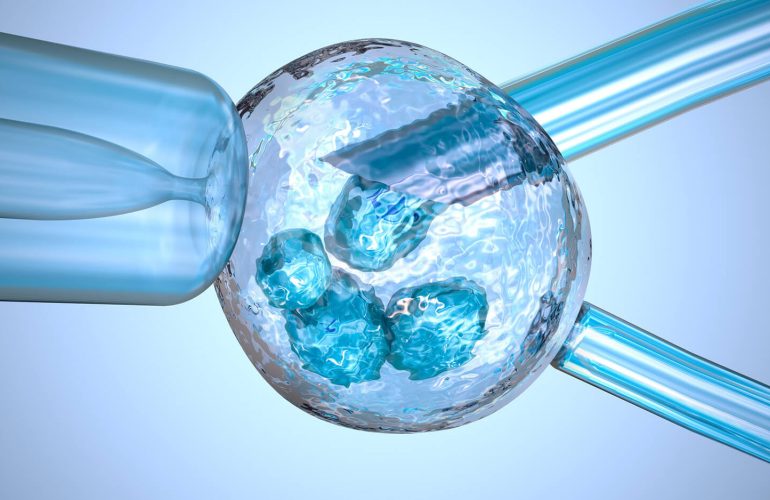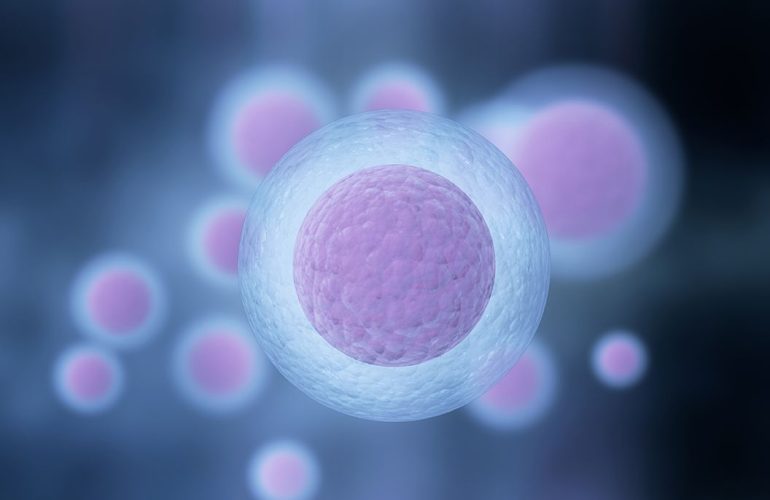What is Sperm Donation? How does Sperm Donation Work?
Sperm donation is when a couple who is trying to have a child uses a donated sperm, rather than the intended father’s sperm, due to a variety of different reasons. Single women and LGBTQ+ couples can also have their egg become fertilized with the sperm from the donor. Men who also have low sperm count, low quality sperm through abnormal morphology and low sperm motility.
After the donor’s sperm has been taken, and In Vitro Fertilization (IVF) occurs in a lab where the egg and sperm are combined to create an embryo, the female receives an embryo transfer, where it is placed inside their uterus to begin the pregnancy.
How is Sperm Taken from a Donor?
The donor is asked to provide samples of semen, after abstaining from ejaculation for 2-3 days prior to the donation.
The sperm sample that is provided is then tested, for the quality and quantity of sperm, as well as whether there are any genetic or other conditions that could affect it. Some sperm banks even conduct more detailed tests. The sperm donor discloses their family medical history, including any hereditary diseases they may have.
If they are approved by the sperm bank agency, the process of obtaining sperm starts. The sperm are then frozen or cryopreserved until they are needed.
Screening For Inheritable Diseases for Sperm Donors
In most cases, genetic screening is performed after sperm donation to assess the risk of hereditary disorders in offspring. Screening helps prevent a carrier from passing these conditions onto a future child. Genetic tests will also provide families with the necessary details about the health of their potential child.
 In Vitro Fertilization (IVF) with Intracytoplasmic Sperm Injection (ICSI)
In Vitro Fertilization (IVF) with Intracytoplasmic Sperm Injection (ICSI)
One procedure that can make it easier to become pregnant is In Vitro Fertilization (IVF) with Intracytoplasmic-Sperm Injection (ICSI). This procedure involves inserting a single sperm cell into an egg’s cytoplasm and preparing the gametes for embryo transfer. ICSI can also produce a live embryo if all other procedures have failed.
The procedure is performed using micromanipulators. These devices enable the biologist to handle cells more precisely and magnify them by two hundred to four hundred times. The embryologist is able to watch the embryo grow for a period of 15 to 18 hours and determine if it is fertile or not. If the embryo is viable, it can be transferred or frozen for future use.




